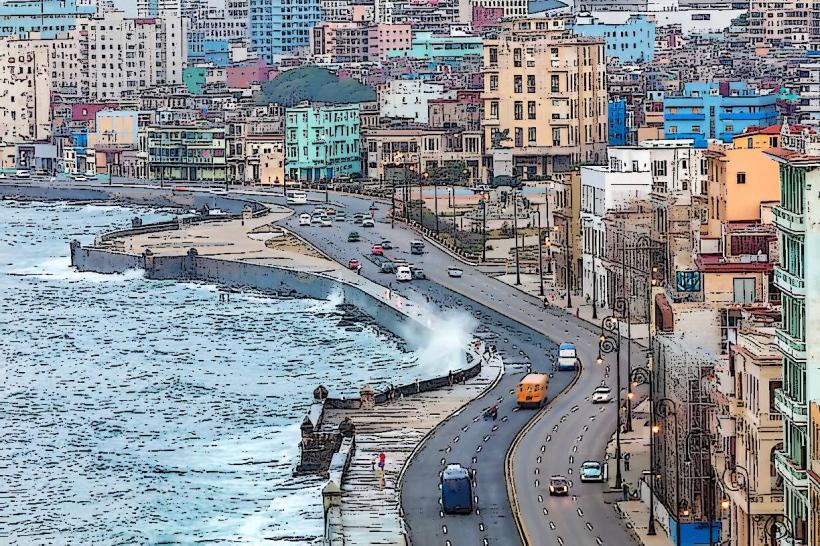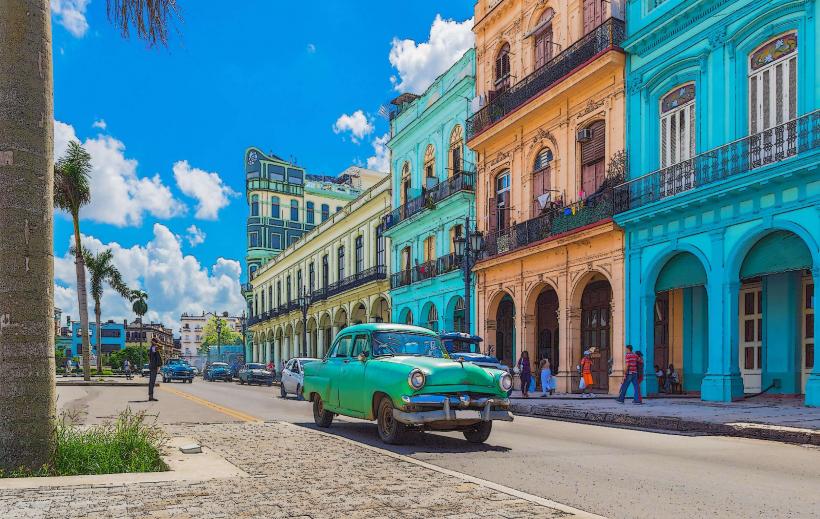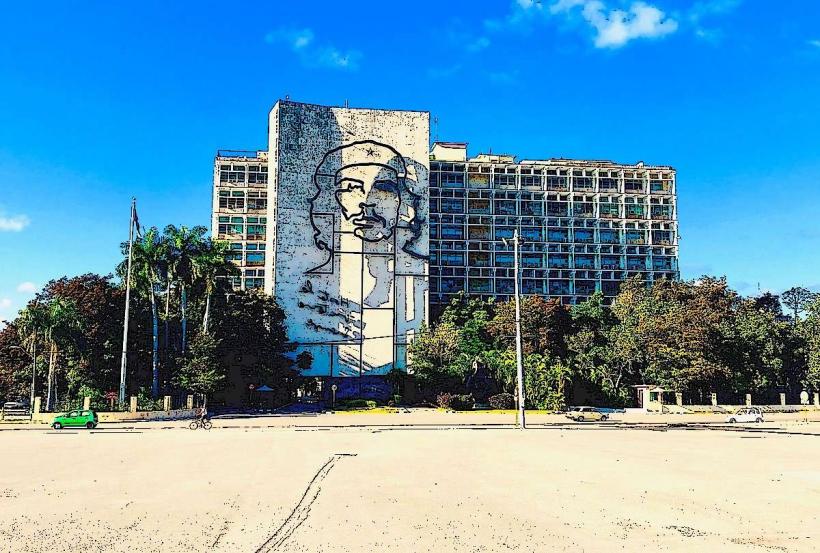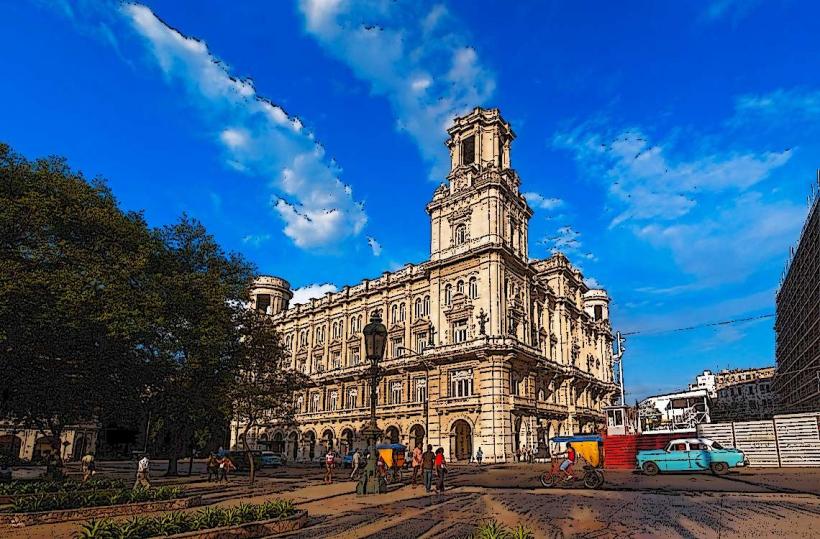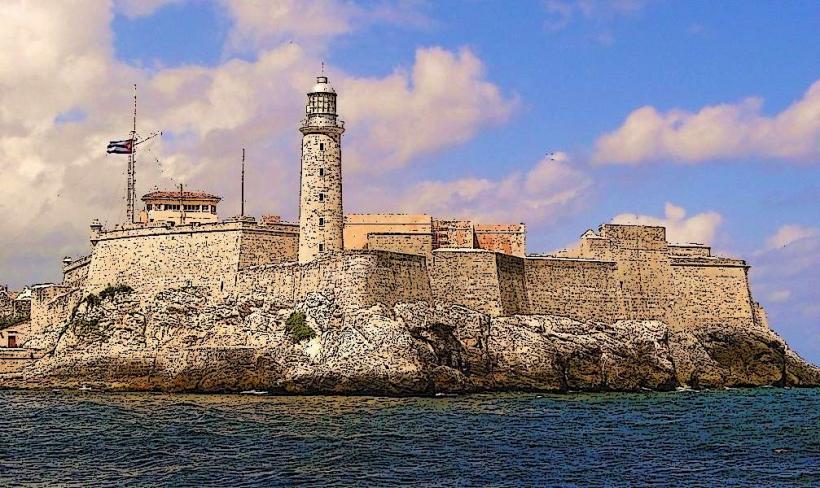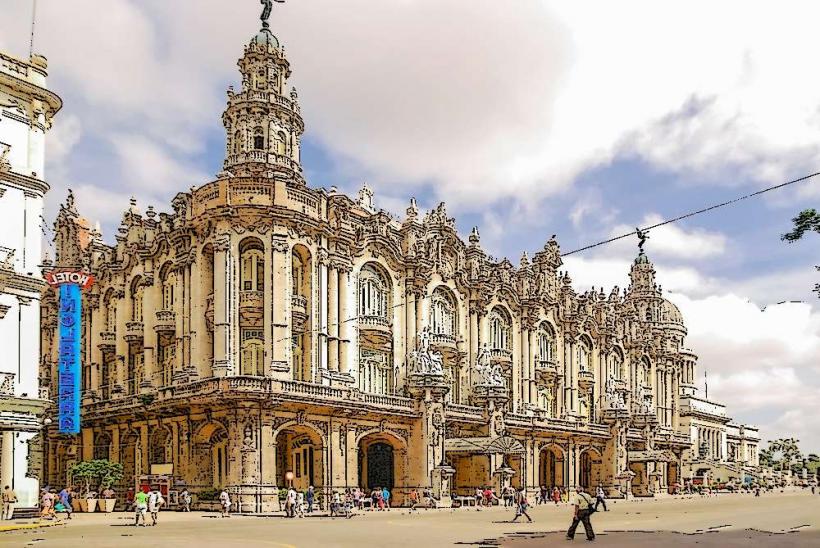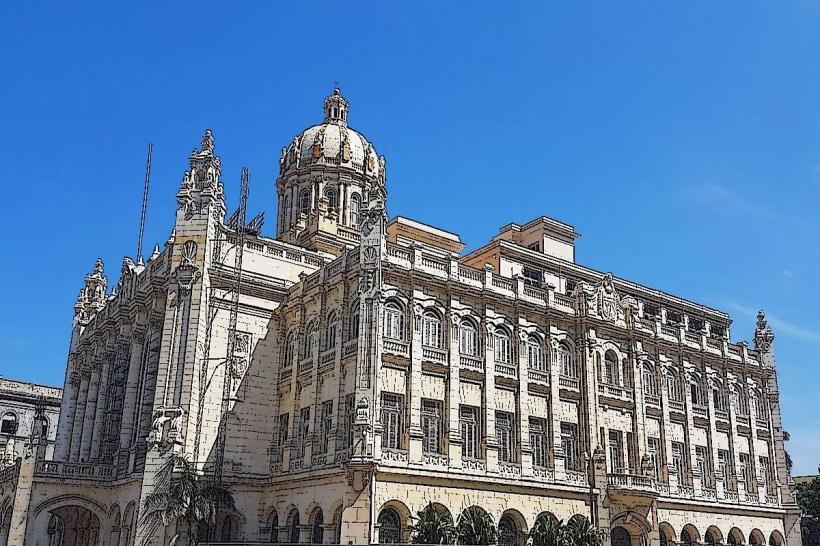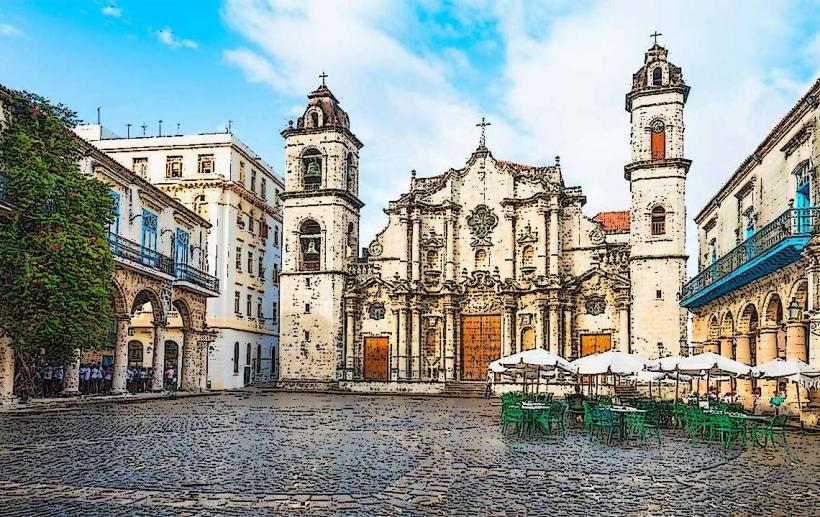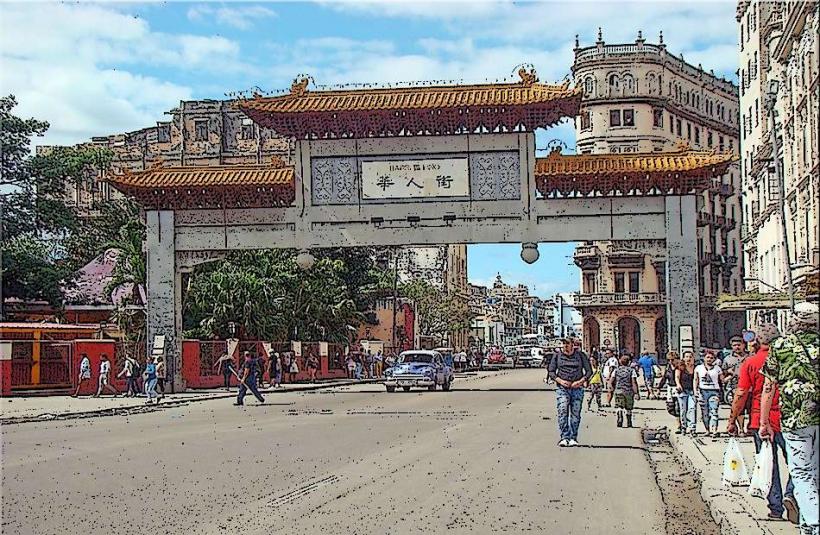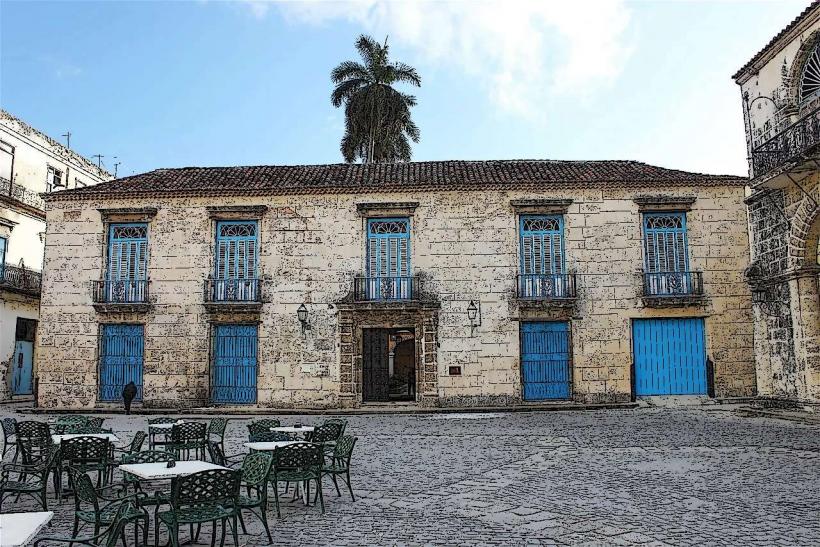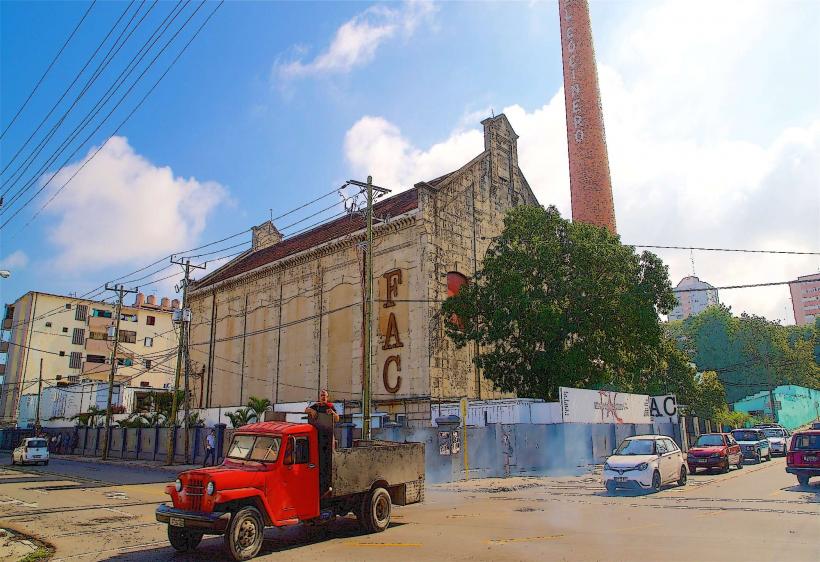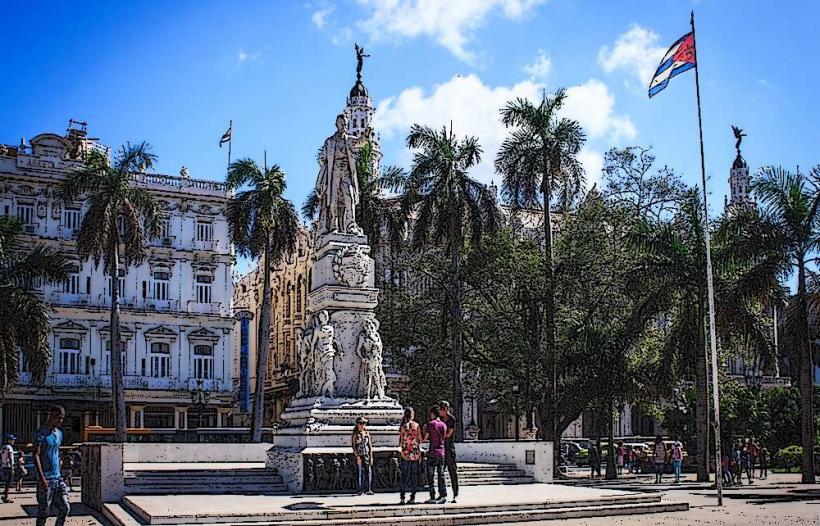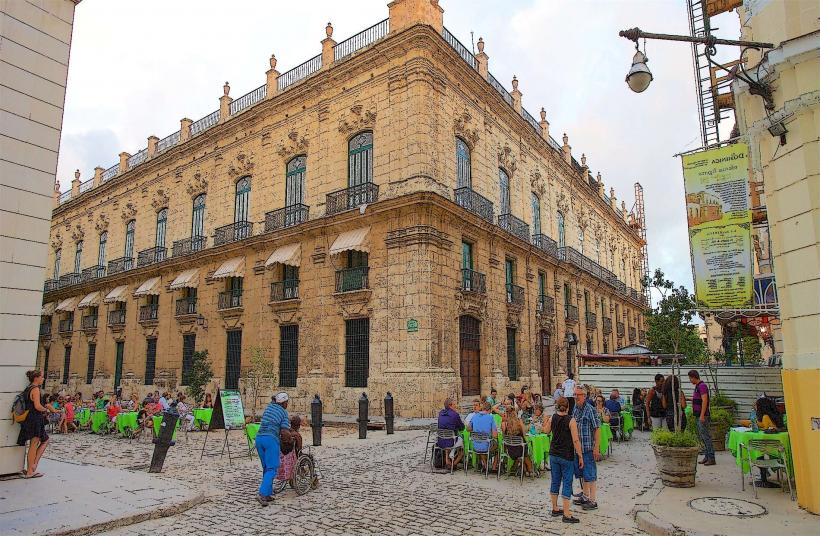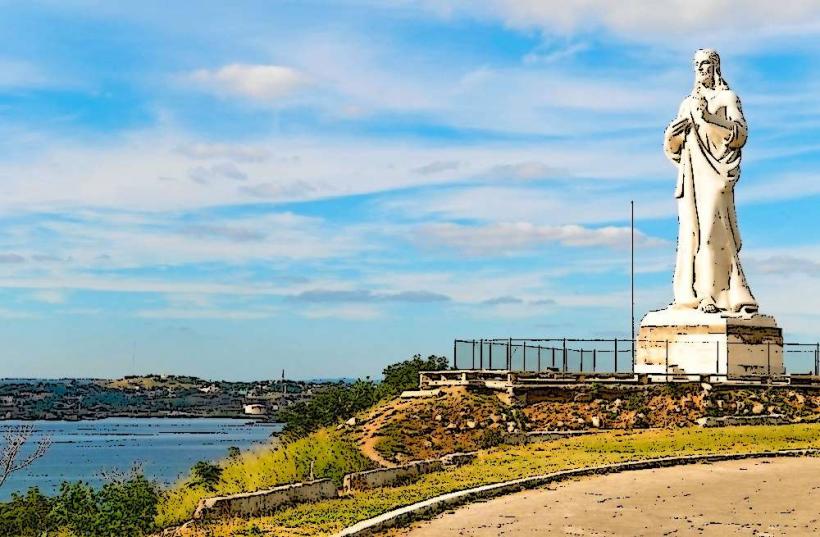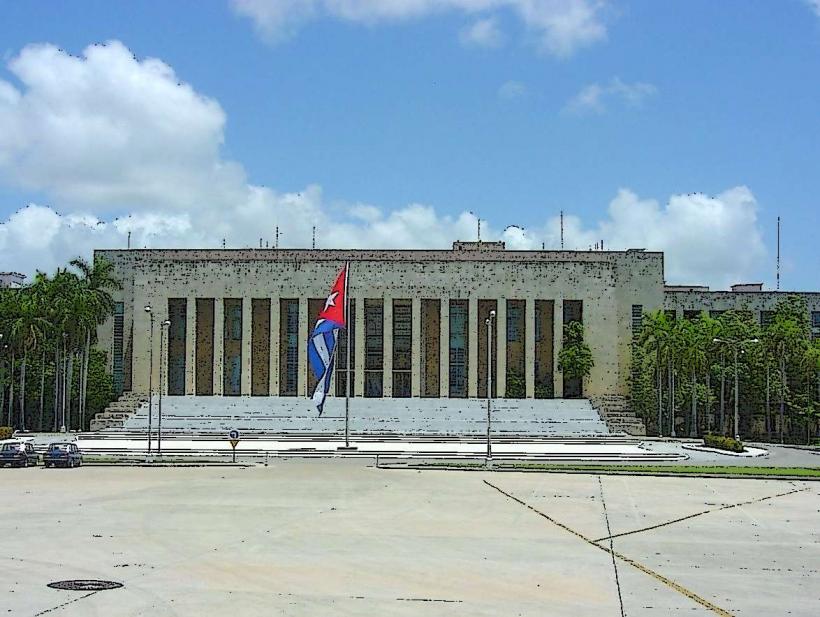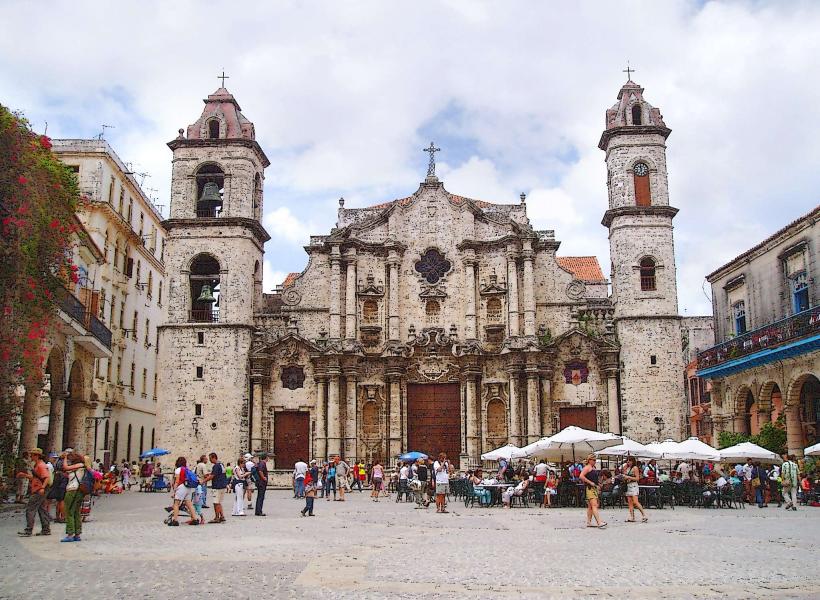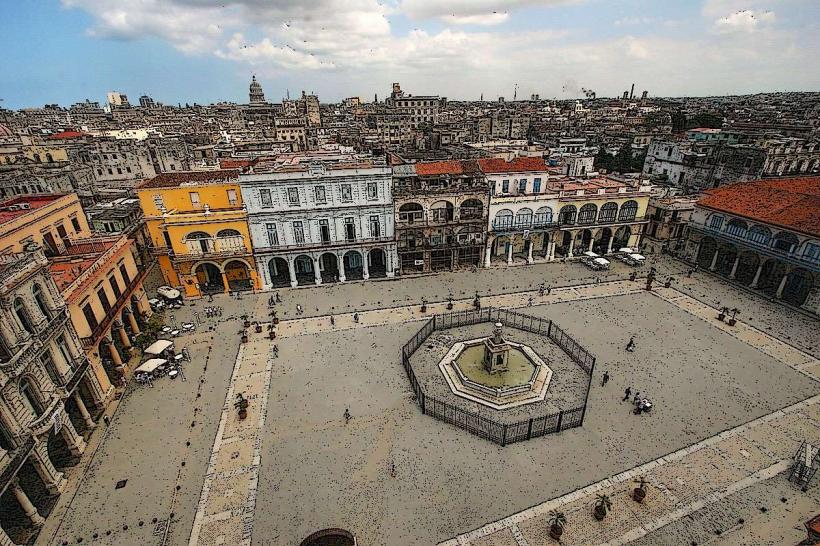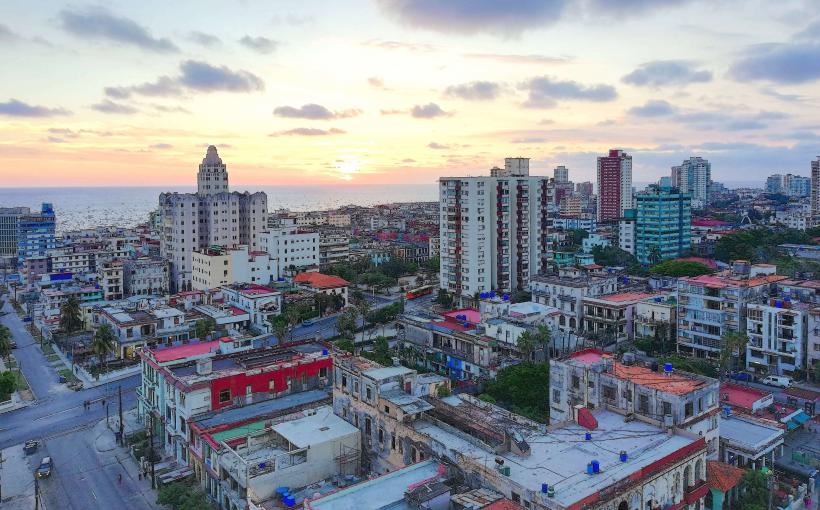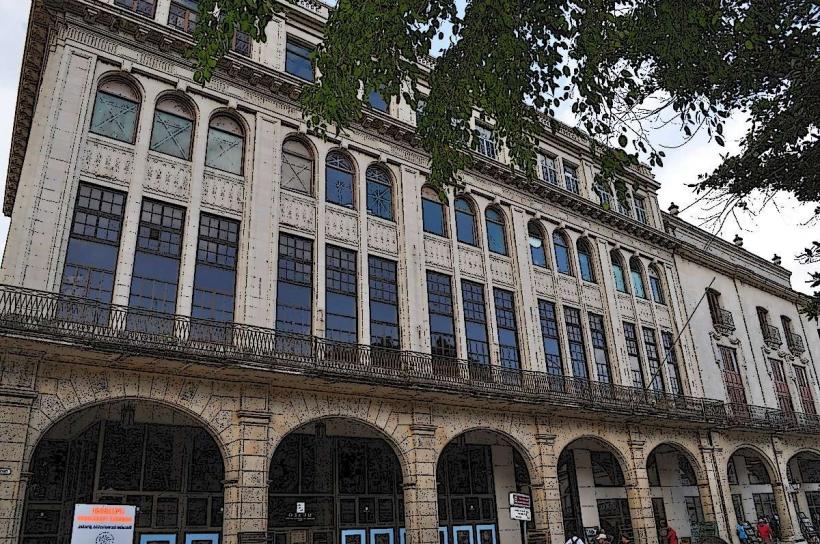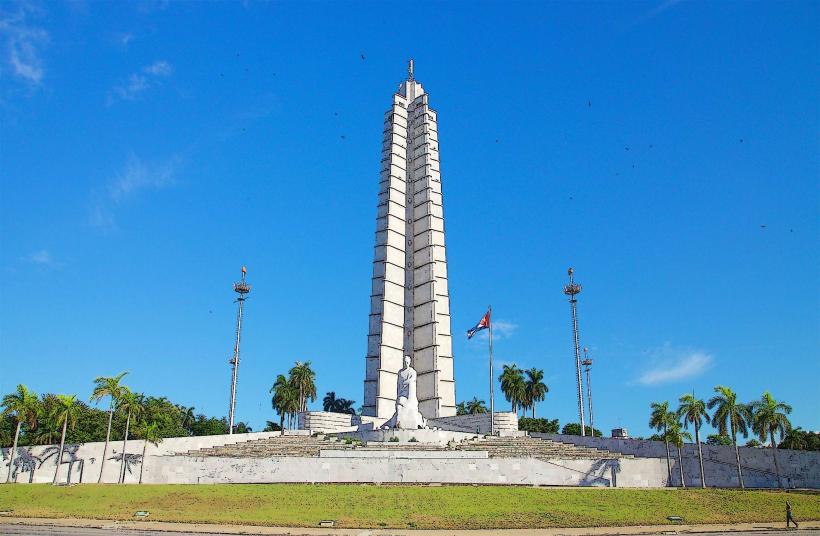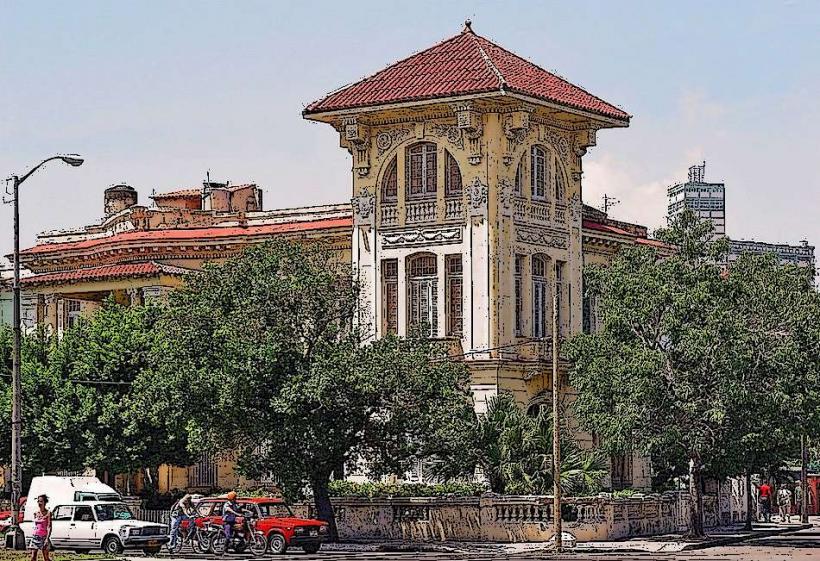Information
Landmark: Capitolio NacionalCity: Havana
Country: Cuba
Continent: North America
The Capitolio Nacional (National Capitol) in Havana, Cuba, is one of the most iconic and historically significant buildings in the city. It is a symbol of Cuba’s political history and a masterpiece of neoclassical architecture. Originally serving as the seat of the Cuban government, the building has undergone several transformations throughout its history and continues to be a key landmark in Havana. Here's a detailed look at the Capitolio Nacional:
History
The Capitolio Nacional was designed to be the seat of the Cuban government after the island became a republic in 1902. The decision to build the Capitol was made following Cuba's independence from Spain, and the construction was part of a broader effort to establish a modern national identity for the newly independent country.
Construction: The construction of the Capitol began in 1926, under the direction of the Cuban government. It was designed by the American architect Henry Clays Miltimore, in a neoclassical style, which was popular for monumental public buildings during the early 20th century. The project was completed in 1929, and the Capitol was officially inaugurated in 1929 as the seat of the Cuban Congress and Senate.
Political Use: The Capitol served as the center of Cuba’s political activity for several decades. It housed the Cuban Congress and Senate until 1959, when Fidel Castro’s revolutionary forces overthrew the government. After the revolution, the building's function as a legislative seat ended, but it continued to be an important symbol of Cuba's republican past.
Post-Revolution: After the Cuban Revolution, the Capitol underwent a transformation. The building ceased to be a government center and became the Cuban Academy of Sciences. It was also used for other governmental purposes, and its historical value was acknowledged through preservation and restoration efforts. The building is now open to the public as a major tourist attraction.
Architecture
The Capitolio Nacional is a stunning example of neoclassical architecture, with elements drawn from ancient Roman and Greek design. Its grandeur and scale are evident in its imposing structure and the use of marble, bronze, and other luxurious materials. Key architectural features include:
Facade: The Capitol's facade is an impressive sight, with a grand portico supported by 16 massive Corinthian columns. The entrance is marked by a series of steps leading to the main doors, with a large bronze statue of Cuba’s national hero, José Martí, positioned in front of the building. The design of the facade is both symmetrical and monumental, fitting the scale of the building.
The Dome: One of the most distinctive features of the Capitol is its dome, which stands at 92 meters (302 feet) tall. It is one of the tallest domes in the world and was inspired by the dome of the U.S. Capitol Building in Washington, D.C. The dome is capped with a bronze globe and is a defining feature of Havana’s skyline. It symbolizes Cuba's aspirations toward independence and national unity.
Interior Design: The interior of the Capitol is equally impressive, with opulent details throughout. The building is lavishly decorated with marble floors, intricate columns, frescoes, and mosaics. The centerpiece of the interior is the Hall of the Lost Steps, a grand staircase that leads up to the upper levels, symbolizing the country’s ascent to its new republican government. The building also contains a number of ornate rooms and chambers that were used by the Cuban Senate and Congress before the revolution.
The Statue of the Republic: Inside the Capitol is one of its most famous features, the Statue of the Republic (La Estatua de la República), a colossal sculpture made of marble and created by the Italian artist Achille Albini. The statue is one of the largest indoor statues in the world and stands 20 meters (66 feet) tall, representing the female allegorical figure of the Republic. The statue is located in the Hall of Lost Steps and is one of the most photographed elements of the building.
The Cuban National Assembly and Modern Usage
Since the Cuban Revolution, the Capitolio Nacional has been repurposed for various governmental functions, and today it houses the Cuban National Assembly of People’s Power (Asamblea Nacional del Poder Popular). This legislative body is the supreme governmental body in Cuba, and it convenes within the building. The Capitol also serves as a symbol of the nation’s history and the political evolution of the country.
The Capitol has undergone extensive renovations in recent years, especially since 2013, in preparation for its reopening as the seat of the National Assembly. The restoration works have focused on maintaining the historic integrity of the building while making necessary updates for modern use.
Visitor Experience
The Capitolio Nacional is open to the public and is one of the major tourist attractions in Havana. Visitors can explore the building’s rich history, its architectural splendor, and its transformation from the seat of government to a national symbol.
Guided Tours: Tours of the Capitol are available for visitors who want to learn more about the history and significance of the building. These tours typically include a visit to the main hall, the dome, the legislative chambers, and the Hall of the Lost Steps. Visitors can also learn about the history of Cuban politics and the country’s post-revolutionary transformations.
Exhibits: In addition to its role as a functioning seat of government, the Capitol also hosts exhibitions and displays related to Cuba’s history and the building’s construction. These exhibitions include photographs, historical documents, and artifacts that tell the story of the Capitol’s construction, the political events that took place within its walls, and its place in the nation’s history.
Cultural and Symbolic Significance
The Capitolio Nacional is an important cultural and national symbol for Cubans, representing both the republican period of the early 20th century and the revolutionary changes that shaped the modern Cuban state. The building’s neoclassical design and its prominent position in Havana’s urban landscape make it one of the most photographed and recognized landmarks in Cuba.
As the site of Cuba’s legislative body, it also symbolizes the country’s ongoing commitment to the principles of sovereignty and national independence. The Capitol stands as a powerful reminder of Cuba’s political journey, from its colonial past through its republican years and the revolution, to its current status as a socialist state.
Location and Surroundings
The Capitolio Nacional is located in the Centro Habana district, near Parque de la Fraternidad and Avenida de los Presidentes. It is situated in the heart of the city, within walking distance of other major landmarks like Gran Teatro de La Habana and the Paseo del Prado.
- Nearby Attractions: The Capitol is surrounded by other important cultural sites, including the Museo Nacional de Bellas Artes (National Museum of Fine Arts), Cuban Institute of Cinematographic Art and Industry (ICAIC), and the University of Havana. The location makes it an ideal starting point for a tour of Havana’s historic and cultural sites.
Conclusion
The Capitolio Nacional is one of Havana's most impressive landmarks, blending grandeur, history, and political significance. Its neoclassical architecture, with its soaring dome and rich interiors, makes it an architectural masterpiece. The building’s place in Cuba's political history and its continued use as the seat of the National Assembly solidify its importance as a symbol of the nation’s past, present, and future. A visit to the Capitol offers insight into Cuba’s rich history and provides a chance to experience one of the country’s most important and iconic buildings.

